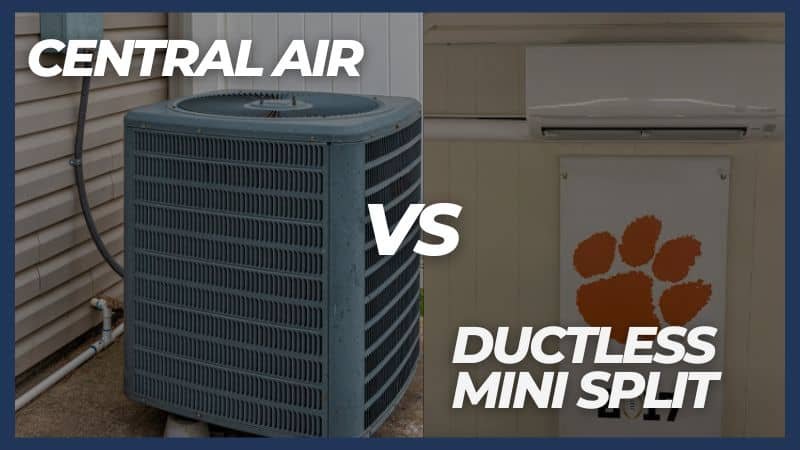Everything You Need to Know About Mini-Split Systems: The Smart Choice for Climate Control
In recent years, mini-split systems have become increasingly popular among homeowners and businesses alike. If you’re considering efficient and flexible heating and cooling solutions, here’s a comprehensive guide to mini-split systems, their benefits, and why they might be the perfect fit for your space.
What is a Mini-Split System?
A mini-split system, also known as a ductless mini-split, is a type of heating and cooling system that provides temperature control without the need for ductwork. It consists of two primary components: an outdoor compressor and one or more indoor air handling units. This design allows for individualized climate control in different rooms or zones of your home or office.
Benefits of Mini-Split Systems
Energy Efficiency: Mini-split systems use inverter technology, allowing them to adjust their power output according to the needs of the space. This can result in significant energy savings compared to traditional HVAC systems.
Zoned Climate Control: With multiple indoor units, each room can be independently controlled. This means you can keep living areas cool while allowing unused spaces to maintain a comfortable temperature, leading to reduced energy consumption.
Easy Installation: Without the need for ductwork, mini-split systems are easier and quicker to install than traditional systems. This can be especially beneficial for smaller homes, retrofits, and renovations.
Better Air Quality: Mini-splits usually come equipped with advanced filtration systems that help reduce allergens, dust, and pollutants in the air. This can lead to improved indoor air quality, which is especially important for those with allergies or respiratory issues.
Stealthy Design: Indoor units are available in various styles, including wall-mounted, ceiling-mounted, or even floor-standing options. This flexibility allows for discreet integration into your existing décor.
When to Consider a Mini-Split System
Additions or Conversions: If you’re adding a new room or converting a garage or basement into a living space, a mini-split system can provide efficient heating and cooling without requiring extensive ductwork.
Older Homes: Many older homes lack the ductwork needed for central HVAC systems. Mini-splits offer an effective alternative that can be easily installed.
Climate Zones: In regions with extreme temperatures, mini-split systems can be a reliable option for managing both heating and cooling needs.
Considerations Before Installation
Initial Cost: While mini-split systems can be more affordable to install than traditional systems, the upfront cost can still be a consideration. However, the long-term energy savings often outweigh the initial investment.
Aesthetics: Some homeowners may prefer the look of traditional vents rather than the indoor units of a mini-split system. However, choosing sleek and modern designs can help mitigate this concern.
Professional Installation: To ensure optimal performance and efficiency, it’s crucial to have your mini-split system installed by a qualified technician.
Conclusion
Mini-split systems offer a flexible, energy-efficient solution for heating and cooling, making them an excellent option for homeowners and businesses looking to optimize their indoor climate. With their ability to provide zoned temperature control and improve air quality, it’s no wonder they’re becoming the go-to choice for modern HVAC systems. If you’re considering a new way to keep your space comfortable, a mini-split system might just be the smart solution you need!




